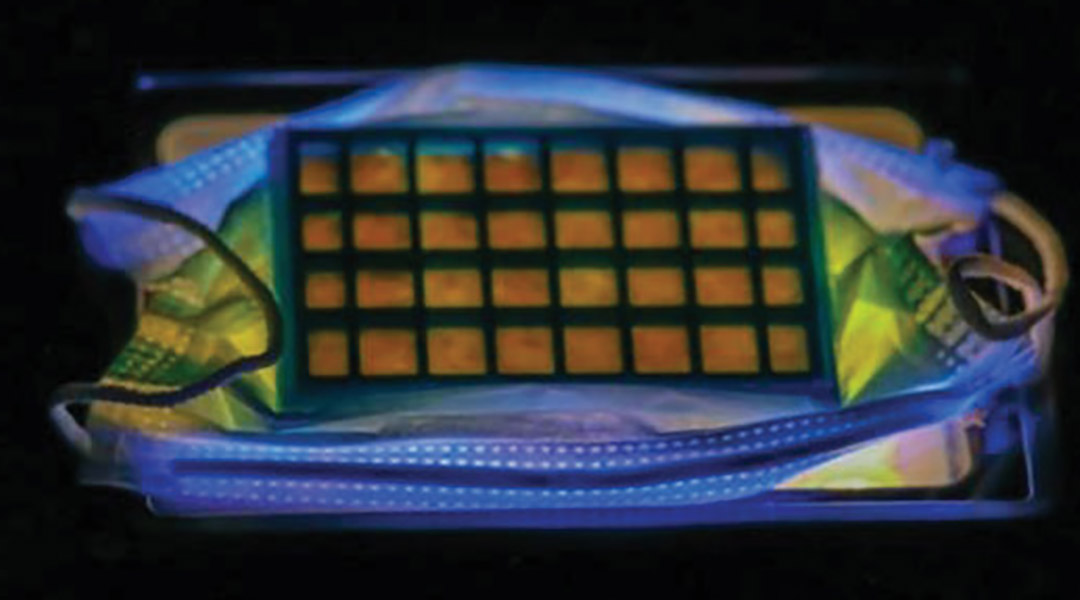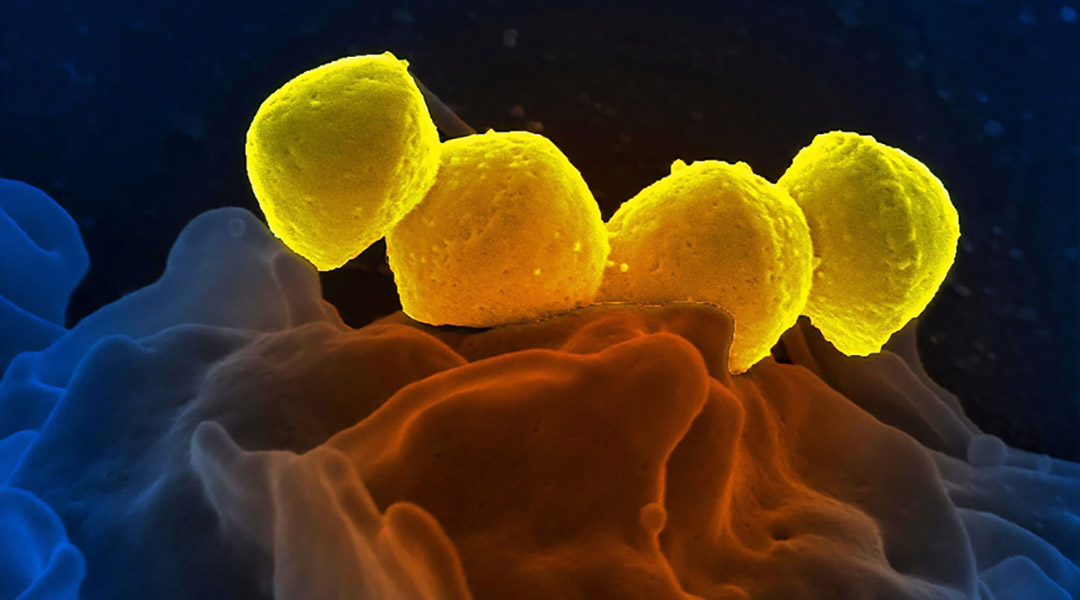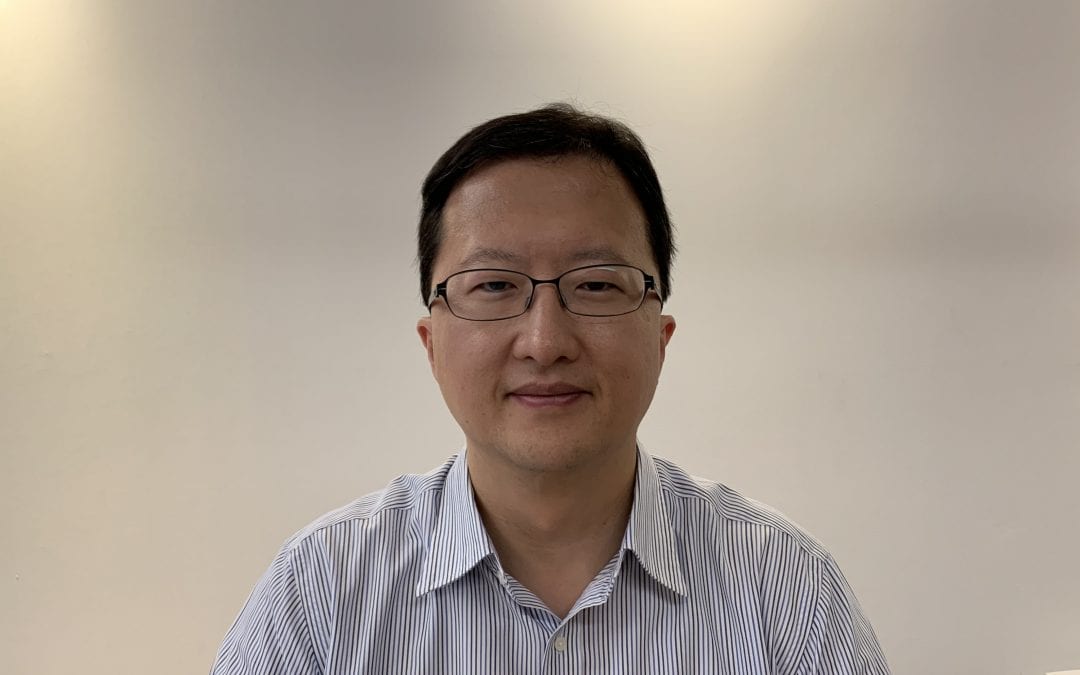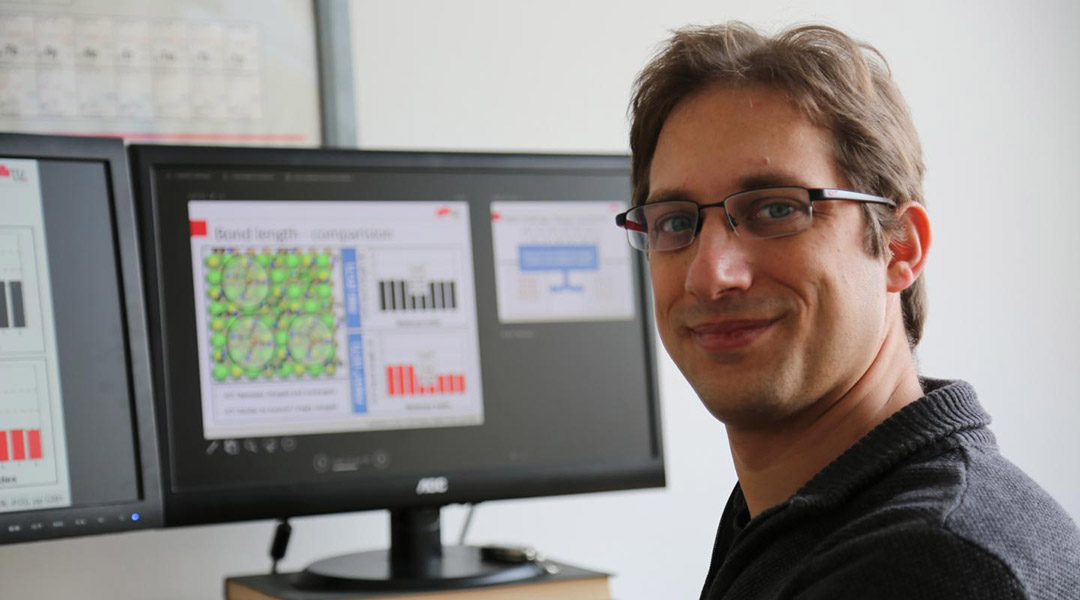Researchers integrate the elements needed for electronic filters into a single, self-assembling component.


Researchers integrate the elements needed for electronic filters into a single, self-assembling component.

Inspired by nature, researchers create a new kind of photoelectric generator based on a bacterial ion pump.

Researchers develop a reusable filter paper made from titanium dioxide nanowires that is capable of trapping and killing pathogens like the SARS-CoV-2 virus.

To combat bacterial wound infections, researchers have developed cellulose membranes equipped with antimicrobial peptides.

Celebrating “10 years of Advanced Energy Materials Research,” we chatted with Jang Wook Choi of SNU about his career and the future of battery research.

A customizable scaffold helps repair bones and rebuild tissue using the patient’s own cells.

Researchers have created a high performance and selective activated carbon from the dairy industry’s excess milk for scalable carbon capture.

A shadow-effect energy generator produces electricity from illumination contrast that arises when the device is partly placed in shadow.

Computer simulations provide a better means of optimizing, predicting, and understanding experimental observations in the search for new battery materials.

Simulations at Graz University of Technology refute earlier theories on long-range charge transfer between organic and inorganic materials.